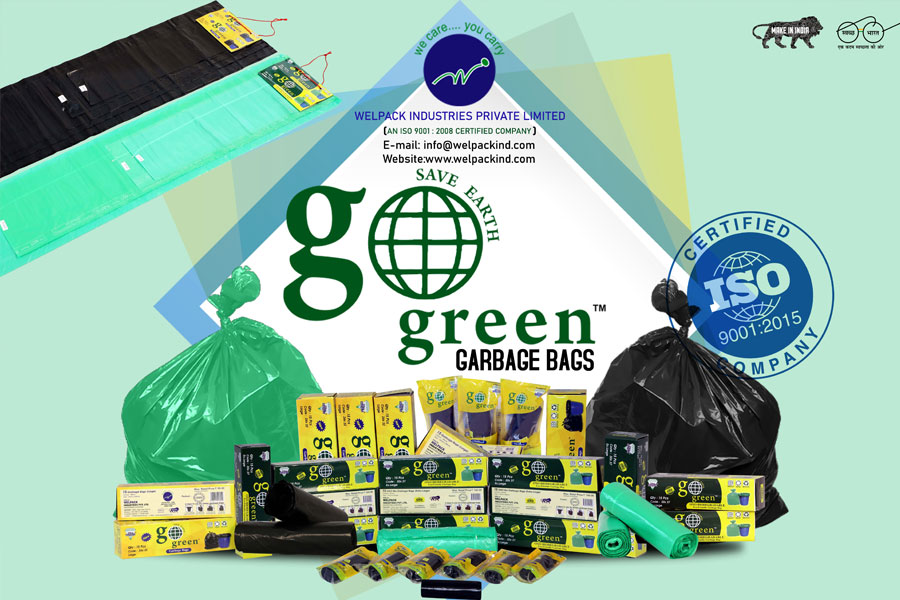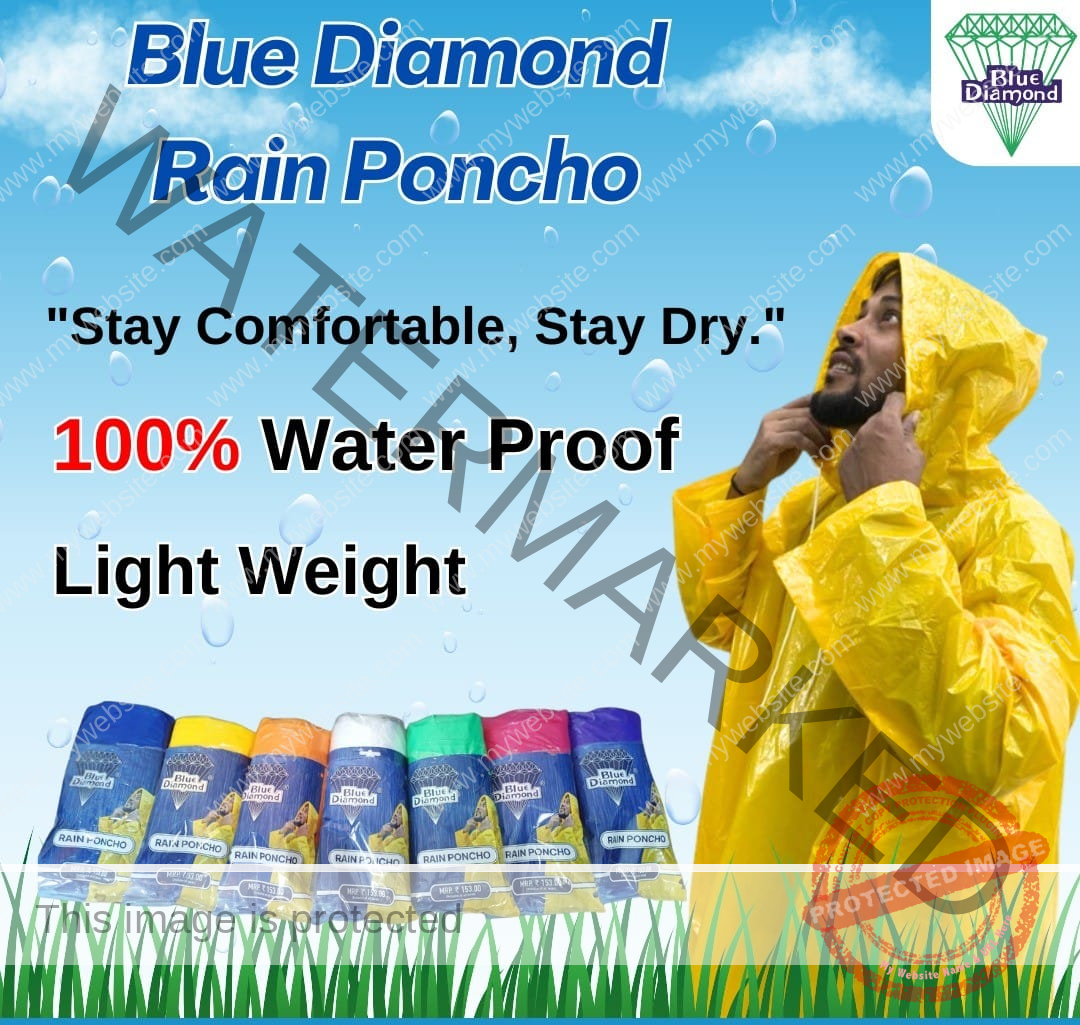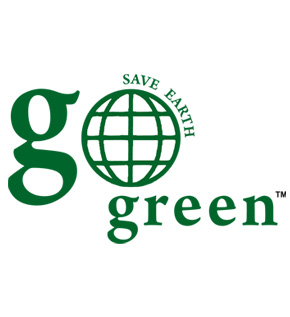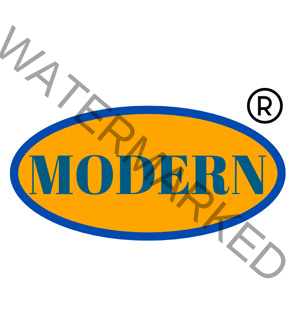Faq’s
HDPE in tarpaulin refers to High-Density Polyethylene, a durable and strong material known for its resistance to weather and chemicals, commonly used in heavy-duty tarpaulins. Read More
LDPE tarpaulin is not generally better than HDPE; it is more suitable for light-duty applications due to its flexibility and lower cost, while HDPE is preferred for heavy-duty and long-term use due to its superior durability. Read More
The best brand of tarpaulin depends on your specific needs, but Welpack Industries Pvt. Ltd. offers high-quality HDPE and LDPE tarpaulins suitable for various applications. Read More
HDPE is often preferred over PVC for tarpaulins due to its higher strength, durability, and environmental safety, although PVC can offer better flexibility and water resistance. Read More
The best grade of tarpaulin depends on the application; higher GSM (grams per square meter) tarpaulins are typically more durable and suitable for tough conditions. Read More
The best color for a tarpaulin depends on its use; darker colors like blue or black are good for UV resistance and heat absorption, while brighter colors like orange or yellow are ideal for visibility and safety purposes. Read More
A higher GSM is generally better for tarpaulins as it indicates greater thickness and durability, making it suitable for more demanding applications. Read More
Most tarpaulins are designed to be waterproof, but the level of water resistance can vary based on the material and treatments used. Read More
Welpack Industries Pvt. Ltd. is highly regarded for producing high-quality tarpaulins suited for a variety of applications. Read More
HDPE tarpaulin thickness typically ranges from 0.1 mm to over 1.5 mm, depending on the specific use and required durability. Read More
Check tarpaulin quality by examining the material’s GSM, weave density, waterproof and UV treatment quality, and the reinforcement of edges and grommets. Read More
The lifespan of a tarpaulin can range from a few months to several years, depending heavily on the material, usage, and environmental conditions. Read More
Choose a tarpaulin based on the required size, material type, GSM, and specific features like UV protection and waterproofing needed for your application. Read More
The GSM of HDPE tarpaulins can vary widely, typically ranging from 90 GSM for lightweight covers to over 400 GSM for heavy-duty applications. Read More
The best thickness for tarpaulin depends on its intended use; thicker tarpaulins (around 0.6 mm to 1.5 mm) are best for long-term and heavy-duty applications. Read More
The best size for a tarpaulin depends on the area or items to be covered; always choose a size that allows for adequate coverage plus some extra for secure tying and handling. Read More
For accurate pricing of tarpaulin, it’s best to contact Welpack Industries Pvt. Ltd. directly, as costs can vary based on size, material, and other specifications. Read More
The best tarpaulin for roofing is a heavy-duty HDPE tarpaulin with high GSM, UV protection, and waterproofing to withstand harsh weather conditions. Read More
A 90 GSM tarpaulin is good for light-duty applications and temporary use due to its lower durability compared to higher GSM options. Read More
Tarpaulin is manufactured by extruding and weaving polyethylene or HDPE, followed by lamination for waterproofing, and finally finishing with treatments for UV protection and reinforcement at stress points. Read More
There are primarily two types of tarpaulins based on material: HDPE and PE, each suitable for different applications based on strength and flexibility requirements. Read More
HDPE tarpaulins are tougher and more durable with better resistance to chemicals and weather, whereas LDPE tarpaulins are more flexible, lighter, and typically used for temporary or light-duty applications. Read More
HDPE is generally more expensive than LDPE due to its greater durability, strength, and longevity in demanding applications. Read More







